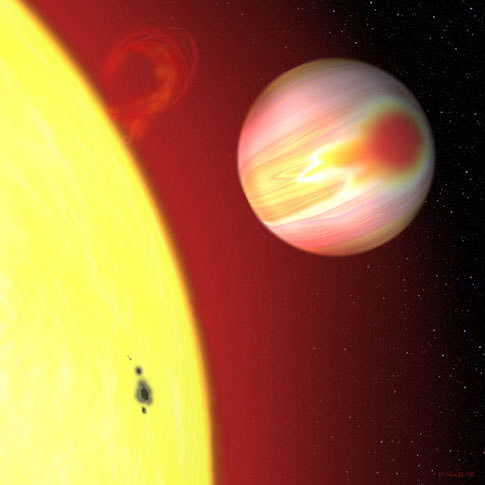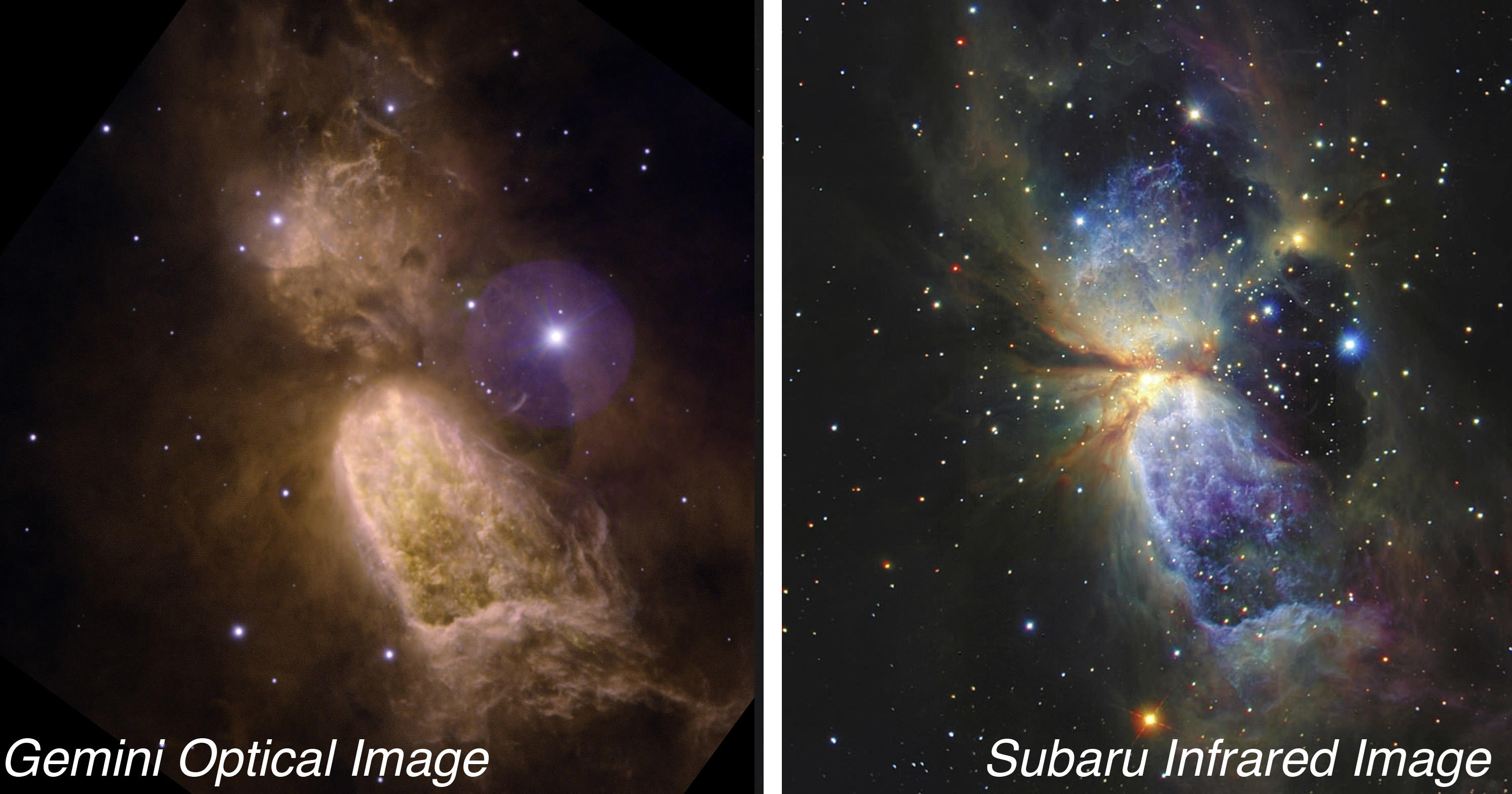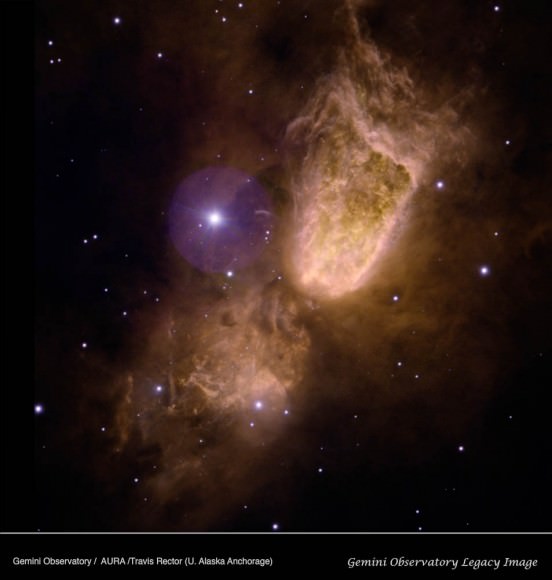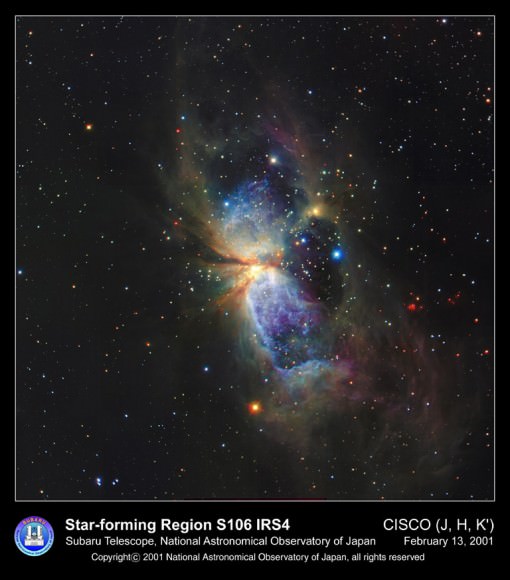Colors are important in astronomy. They can be used to get a quick feel for the temperature of stars, map out hydrogen alpha, or even find oxygen when it gives off a distinctive green glow from the forbidden transistion. Yet thus far, all images of exoplanets have only been taken in a single color filter leaving astronomers with a flat picture and no understanding of the color of a planet. A new paper corrects this oversight while analyzing the polarization of reflected starlight to develop an understanding of the characteristics of the planet’s atmosphere.
One of the properties of light is that it often becomes polarized upon reflection. This allows for polarized sunglasses to effectively reduce glare from road surfaces because the reflection tends to polarize the light in a preferred direction. Similarly, light striking a planet’s atmosphere will have a preferred axis of polarization. The degree of polarization will depend on many factors including, the angle of incidence (corresponding to the planetary phase), the types of molecules in the atmosphere, and the color, or wavelength, of light through which the planet is observed.
The object of interest was HD189733b and observations were taken in using the UBV filters system which uses filters in the ultra-violet, blue, and green (or “visible”) portions of the spectra. They were conduced at the Nordic Optical Telescope in Spain.
To control for the variations, astronomers would need to observe the planet at several wavelengths to understand how the color was affecting the results, as well as to watch the planet for several orbits to trace how the phase impacted the observations. Presently, the authors have not gone so far as to compare various composition models against these observations as this study was largely intended to be a feasibility study at multi-wavelength polarization detection.
Results have shown that the planet is brightest in the blue portion of the spectra, a result that confirms earlier, theoretical predictions for hot Jupiters as well as tentative observational findings based on single color studies done last year. This supports the notion that the dominant mechanism of polarization is Rayleigh scattering in the atmosphere. The result of this is that the planet would likely appear to be a deep blue to the naked eye, much the same way our sky appears blue, but a much more vivid color due to the increased depth to which we would look. The observations also confirmed that polarization was greatest when the planet was near greatest elongation (as far to either side of the star as possible instead of near in front or behind when viewed from Earth) which supports that the polarization is due to scattering in the atmosphere as opposed to the starlight being initially polarized from large starspots.
Certainly, this study has demonstrated the potential for astronomers to begin exploring planetary characteristics with polarization. However, it may be some time before it becomes accepted in general use. While the findings were certainly above the background noise, there existed a significant degree of uncertainty in the measurements resulting from the faint nature of planets. Being a large, hot Jupiter, HD189733b is a strong candidate since it is close to its parent star and thus, receives a large amount of light. Using such methods for other exoplanets, more distant from their parent stars will likely prove an even more daunting task, requiring careful preparation and observations.




